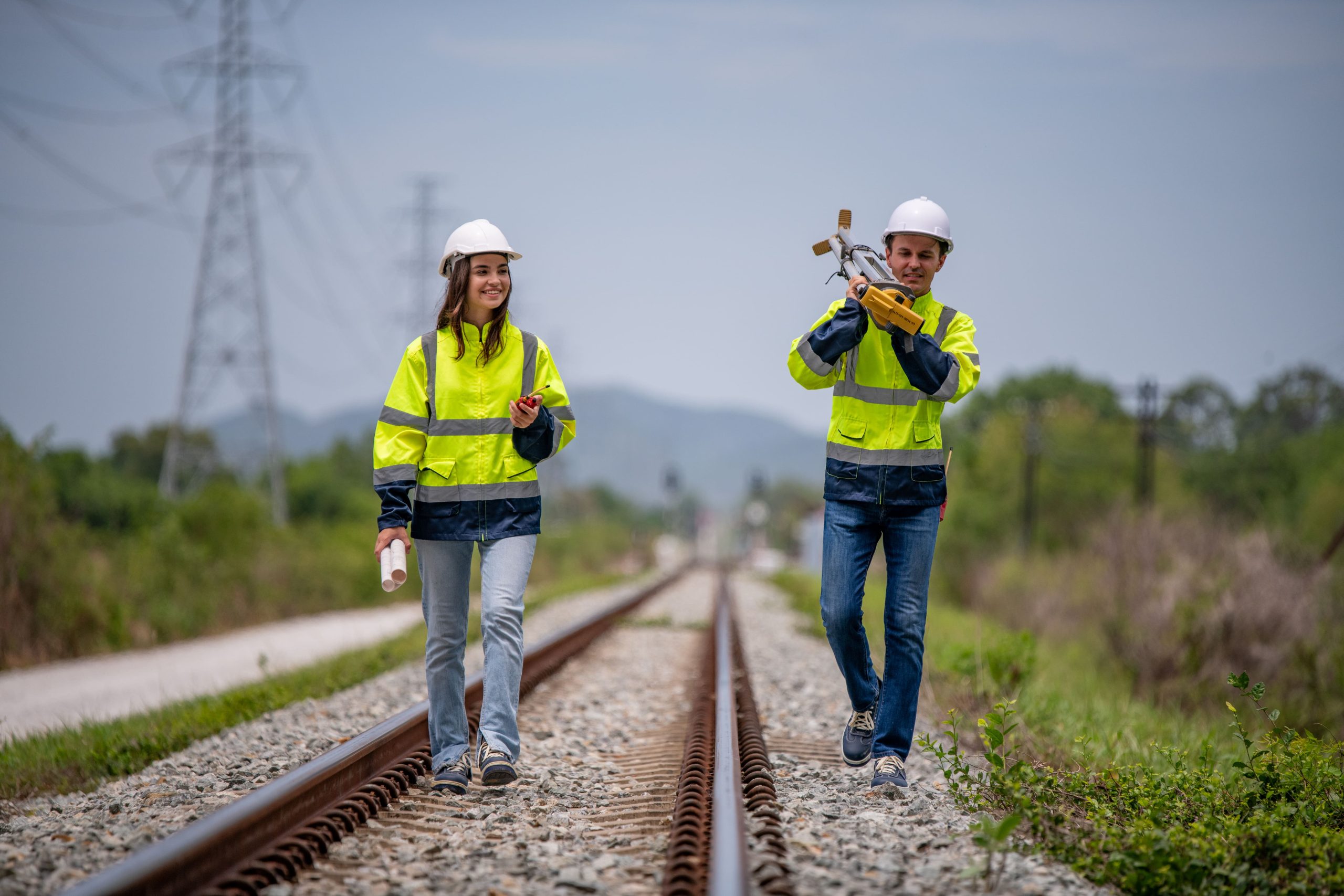What Is Best Railroad Cancer Lawsuit Settlements And How To Utilize It
Best Railroad Cancer Lawsuit Settlements: A Comprehensive Guide
Railroad workers deal with special risks in their workplace, especially exposure to hazardous compounds like asbestos and benzene, which can lead to serious health concerns, including various kinds of cancer. For many years, many railroad employees have sought justice through lawsuits versus the business that stopped working to supply a safe working environment. In this article, we will explore some of the most significant railroad cancer lawsuit settlements, how they were attained, and the ramifications for workers dealing with comparable situations.
Understanding the Risks
Before delving into the settlements, it's vital to comprehend the kinds of cancers typically associated with railroad work:
- Mesothelioma: A rare kind of cancer linked to asbestos exposure.
- Leukemia: Often connected with exposure to benzene and other chemicals.
- Lung Cancer: Can emerge from extended exposure to diesel exhaust and other harmful materials.
- Bladder Cancer: Known to be connected to the inhalation or ingestion of particular carcinogenic compounds.
- Other Cancers: Include colon and prostate cancers, which might also be linked to hazardous workplace.
These cancers not only impact the health of the workers but can likewise lead to significant financial burdens, requiring legal action to protect fair compensation.
Landmark Settlements in Railroad Cancer Lawsuits
The following table summarizes notable settlements resulting from lawsuits filed by railroad workers who developed cancer due to occupational exposure:
Case Name
Year
Settlement Amount
Background
Johnson v. Union Pacific
2013
₤ 7 million
A previous employee identified with mesothelioma after exposure to asbestos while working for the railroad.
Smith v. CSX Transportation
2015
₤ 5 million
A case including an employee who developed leukemia after a prolonged exposure to benzene.
Garcia v. Burlington Northern
2018
₤ 4 million
Employee submitted claims of lung cancer after exposure to diesel fumes.
Thompson v. Norfolk Southern
2020
₤ 6.5 million
A fit submitted for neglect regarding asbestos exposure resulting in bladder cancer.
Davis v. Amtrak
2022
₤ 10 million
A considerable victory for a former train engineer experiencing lung cancer linked to work environment conditions.
Aspects Contributing to Large Settlements
The size of the settlements can differ significantly due to numerous elements:
- Severity of Illness: Cases including terminal illnesses or life-altering conditions tend to command greater settlements.
- Length of Exposure: Prolonged exposure to damaging substances can strengthen the case for compensation.
- Recorded Evidence: Clear proof of carelessness on the part of the employer, including security record and internal communications, plays a vital role.
- Worker's Age and Prognosis: Younger workers or those with longer life span might get higher settlements.
Legal Path for Railroad Workers
Railroad workers might submit lawsuits under the Federal Employers Liability Act (FELA), which holds railways liable for workplace injuries and health problems. Here's a list of actions generally associated with filing a FELA claim:
- Consult a Specialized Attorney: It's essential to discover a lawyer experienced in FELA claims and railroad injury cases.
- Collect Evidence: Collect medical records, employment history, and any documents associated to exposure to hazardous compounds.
- Submit a Claim: Submit your claim before the statute of constraints ends, which can vary by state.
- Engage in Negotiations: Often, settlements are reached without going to trial through negotiation between the parties involved.
- Trial: If negotiations fail, cases may continue to trial, where a jury will determine compensation.
Often Asked Questions (FAQ)
Q1: How do I understand if I have a legitimate claim?
To figure out the credibility of your claim, talk to a specialized attorney who can evaluate your exposure history and medical records.
Q2: What kinds of compensation can I claim?
Compensation might cover medical expenses, lost incomes, discomfort and suffering, and compensatory damages.
Q3: How long does the legal process take?
It varies considerably depending upon the intricacy of the case, however it can take anywhere from a few months to a number of years.
Q4: Will my case go to trial?
Numerous cases are settled out of court. However, if settlements fail, your case might go to trial.
Q5: Can I receive compensation if I am no longer working for the railroad?
Yes, you can still claim compensation for diseases or health problems developed due to past work with the railroad.
The roadway to justice for railroad workers suffering from cancer due to occupational exposure can be challenging and emotionally draining. However, comprehending the legal framework, the precedents set by big settlements, and the aspects that can affect these cases is essential. Each settlement not just represents financial compensation but also functions as a crucial step toward holding railroad companies accountable for the health and wellness of their employees.
Railroad workers ought to know their rights and look for counsel to explore their options for securing the compensation they are worthy of in the face of difficulty. The journey may be long, but it is vital for securing the health of present and future railroad employees.
